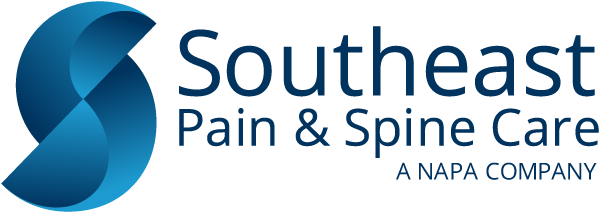Implanted Nerve Stimulators for Occipital Neuralgia
PUBLISHED ON:
January 6, 2023
Migraine patients deal with seemingly never-ending headaches, neck stiffness, and dizziness. These symptoms may range from moderate to severe. But sometimes, these all too familiar symptoms, including burning, throbbing headaches and sensitivity to light, point to a condition known as occipital neuralgia.
This type of headache causes sharp, intense pain in the back of the head and neck and can be confused for migraines. This article will shed light on occipital neuralgia and how implanted nerve stimulators can help treat and reduce pain.
What Is Occipital Neuralgia and How Is It Diagnosed?
Occipital neuralgia is a condition that affects the occipital nerves that run from the top of the spinal cord to the scalp. It is characterized by a sharp, shooting pain at the back of the head, neck, and scalp. The condition is tricky to diagnose since it shares symptoms with other headache disorders.
The condition is caused by pinched or inflamed nerves in the neck. Muscle tightness can also trap nerves at the back of the neck. Simple acts such as turning the head to one side or brushing hair can trigger or worsen the pain. Some of the symptoms of occipital neuralgia include:
- Sensitivity to light
- Pain behind the eye
- Pain at the back of the head, side, and scalp
- Severe and lingering bouts of pain
When diagnosing occipital neuralgia, your doctor will do a physical exam that involves firmly pressing the area at the back of your head. The aim is to find the tender spots and reproduce the pain. The doctor may inject the nerve to see if it brings relief. A positive result confirms occipital neuralgia.
The doctor may sometimes recommend advanced tests if the physical examination is inconclusive. Performing a CT scan or MRI will give a clearer picture of the spine.
Treating Occipital Neuralgia Using Implanted Nerve Stimulators
Surgery offers an alternative treatment option when medication and other therapies aren’t as effective or produce severe side effects. Occipital nerve stimulation is an effective procedure for treating chronic headache disorders.
A small device that sends electrical pulses to the occipital nerve is surgically implanted at the base of the skull. It is connected to a pulse generator implanted either in the chest (under the collarbone), abdomen, or back. The electrical pulses block nerve activity and minimize the pain sensation reaching the brain.
Occipital nerve stimulation is a two-stage procedure which requires a trip to the theater room. During the first stage, a clinical specialist performs a trial whereby electrodes (wires) are placed over the affected nerves and brought out through the skin. The electrodes are connected to an external stimulator, and the effect on the patient’s pain is monitored for four to seven days.
The second stage commences if there are significant improvements in pain and quality of life during the trial stimulation. A permanent implant is placed. It is a minimally invasive procedure; the patient goes home the same day.
What Are The Risk Factors of Occipital Nerve Stimulation?
Surgical procedures carry risks that patients must discuss with qualified health providers. Some patients may experience the following complications:
Infections
- Small risk of bleeding
- Electrode movement. It requires a follow-up procedure to reposition the electrodes.
- Device damage or failure. Hard falls can break the stimulator.
- Allergic reactions
However, the benefits of implanted nerve stimulators outweigh the risks and allow patients to have control of their pain relief. The implant also enables them to participate in recreational activities, improving their quality of life.
Occipital Neuralgia Management
Chronic headaches negatively impact a person’s life, but therapies such as implanted nerve stimulators can help reduce the discomfort. They offer an alternative to pain management and allow patients to return to their active lives.
SEPSC provides excellent chronic pain management solutions to help you get your life back on track. Fill out the form below to learn more about implanted nerve stimulators.
PUBLISHED ON:
January 6, 2023


